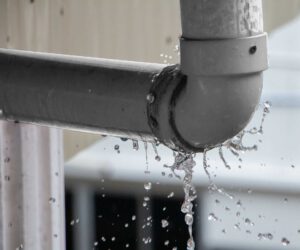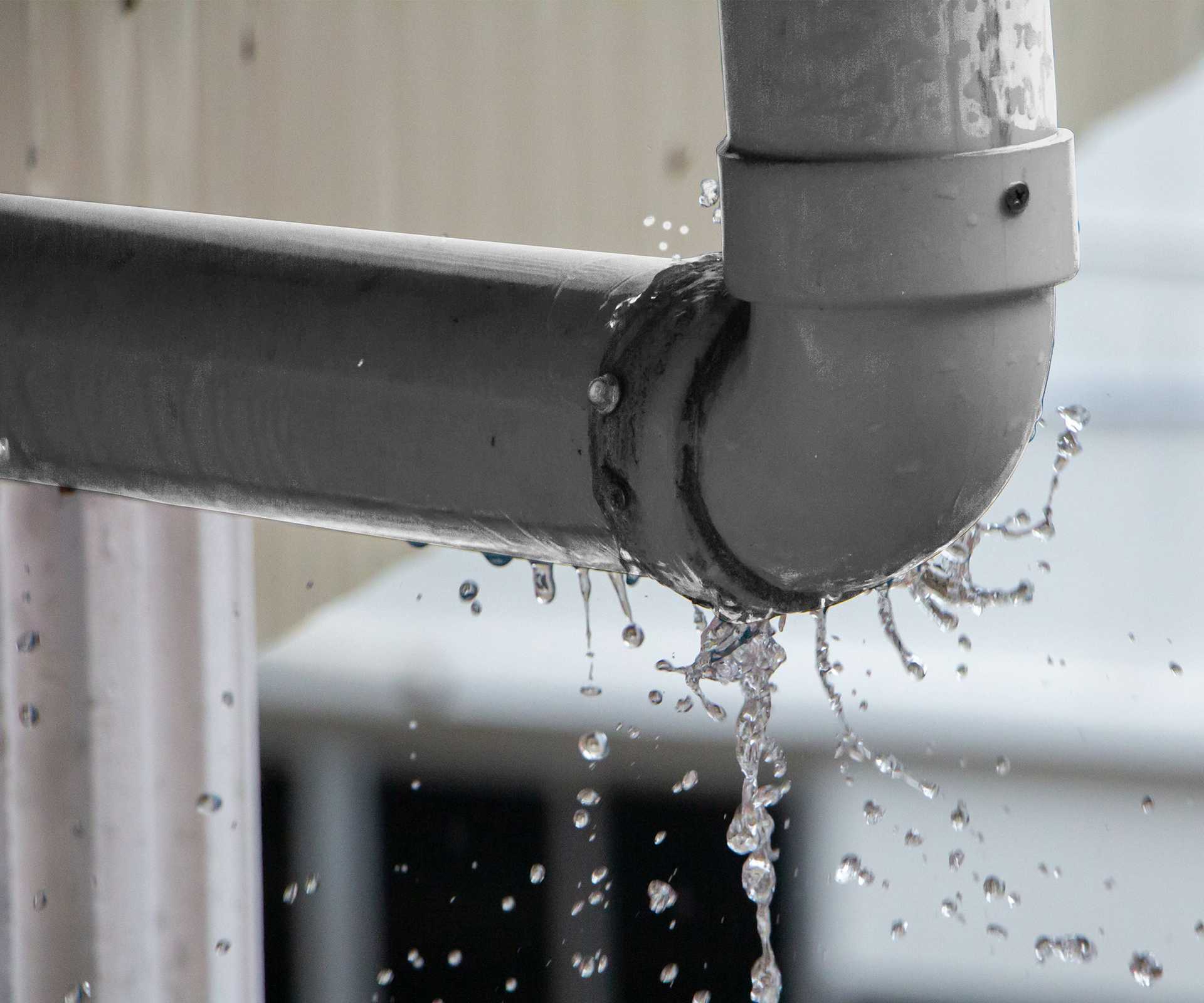When water damage strikes a building, you are faced with many issues. You don’t only have to deal with the physical damage caused by the water, but you must also be prepared for various losses and attacks from destructive processes like rotting wood, mold growth, and bacteria. These problems can make it nearly impossible to live in a damaged building. 
There are four classes of water damage, ranging from Class 1 to Class 4. Class 1 water damage is the least damaging and requires minimal restoration work. In contrast, Class 4 water damage has a high probability of causing damage to porous materials. It also requires more drying time and specialized equipment. This type of damage can pose health risks, especially to plaster and floor materials. Moreover, untreated water damage can result in the growth of molds and other contaminants.
Water damage in the home can be a serious and disastrous problem. Its severity depends on different circumstances. The Institute of Inspection, Cleaning, and Restoration Certification (IICRC) has developed guidelines for classifying the level of destruction caused by water. Knowing which class the water damage in your property falls into can help you determine the best course of action.
Depending on the source of the water, there are three types of water damage. Among these, category 1 contains clean water that will not make you sick. Category 2 is contaminated water with trace pollutants and could cause discomfort if inhaled. Examples of contaminated water include dishwasher and washing machine overflows, toilet overflows, and seepage.
Another type of water damage is Class 4 damage. This type of damage is particularly damaging to wooden structures. Class 4 water damage can turn into Category 2 or 3 in two to three days. It is recommended to contact a professional if you suspect Class 4 damage.
Water damage can be damaging to a building and your home, so it’s important to be aware of the signs. You can recognize the signs of water damage by looking for signs of water in the walls or drywall. You can also find watermarks or other signs of moisture buildup. Early detection will help you prevent further damage and protect your home from harmful mold.
First, look for musty smells. If the area smells musty, it is likely that there is water damage. This is particularly true if you notice it in a room with high humidity. Also, it is important to look for signs of mold growth in the walls and ceiling. Mold can cause respiratory problems and can affect the structural integrity of a building.
Second, look for paint discoloration. Freshwater stains can take anywhere from one to 24 hours to appear. Old stains can be yellow, brown, or white and may look chalky. If you notice water stains on your walls, they indicate water damage. If the water is deep in the wall, it could lead to cracks or peeling paint.
Water damage can also be very costly to fix, so it’s crucial to identify signs of water damage as soon as possible. Cracks in the exterior walls may be caused by years of wear and tear, but new egregious cracks after a flood or water leak can be an indicator of significant damage. Water can also damage your home’s foundation, which causes your floors to be uneven. If you’ve noticed any of these symptoms, it’s time to contact a water damage restoration company.
Water damage is a serious issue, and the effects can be extensive. The extent of damage depends on the amount of water and how long it remains in the structure. If water damage is not addressed right away, it can lead to expensive repairs and renovations. There are also many health concerns associated with untreated water damage.
Even a small leak can cause extensive damage. If left untreated, it can quickly lead to mold growth, which can have negative health effects. It can also damage electrical systems and pose safety hazards. Typically, water damage occurs to washing machines, dryers, hot water tanks, and low-mounted electrical outlets.
Water damage is a dangerous and common emergency. It can result from flooding, storms, broken pipes, or overflowing appliances. It can affect the structure of your home and deteriorate its value. It can also cause health issues, including respiratory problems and allergies. It’s important to recognize the signs of water damage right away, as some effects will take minutes to manifest themselves.

